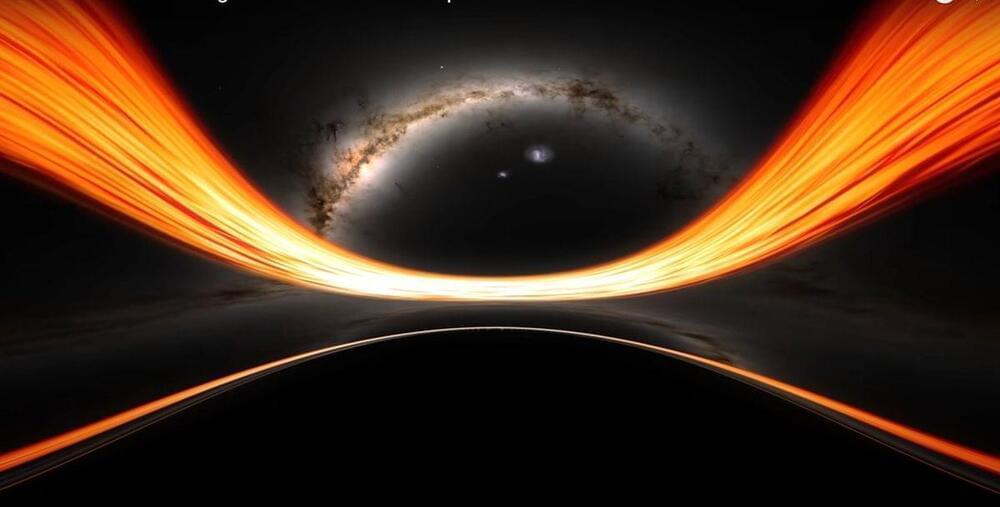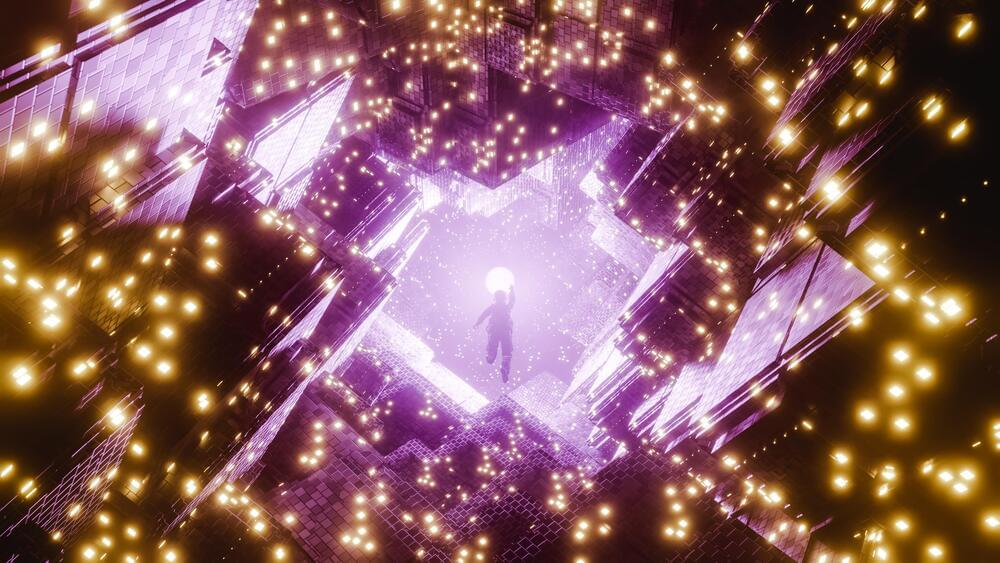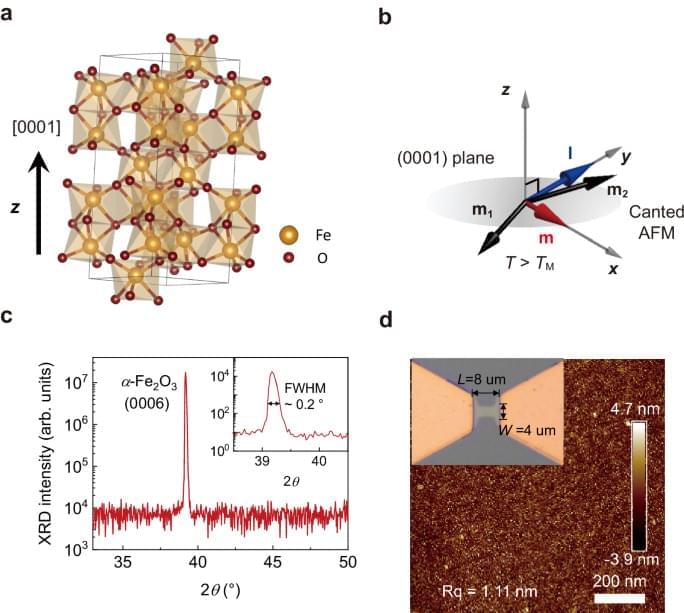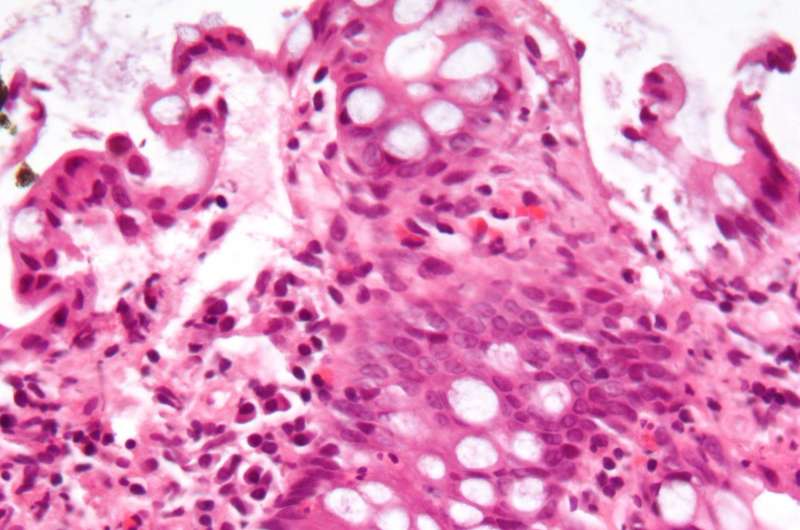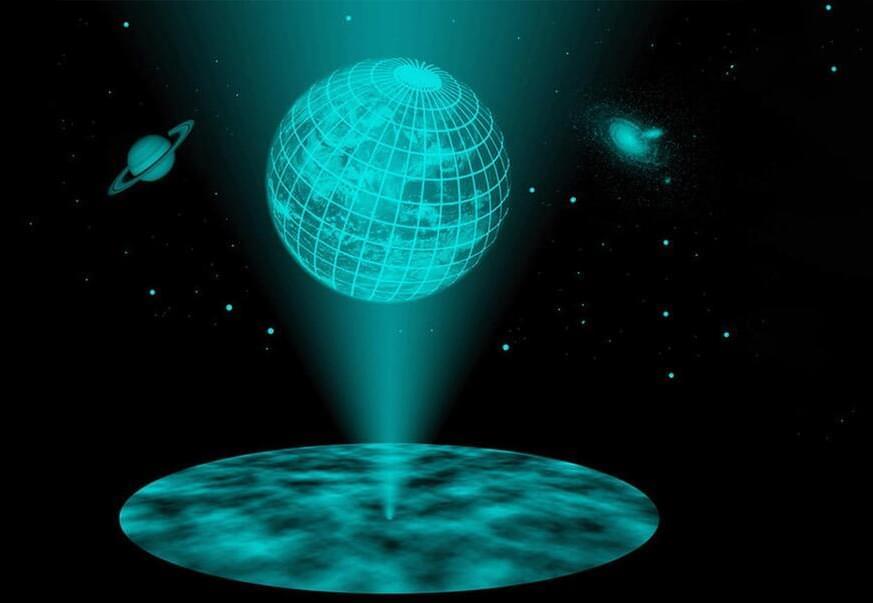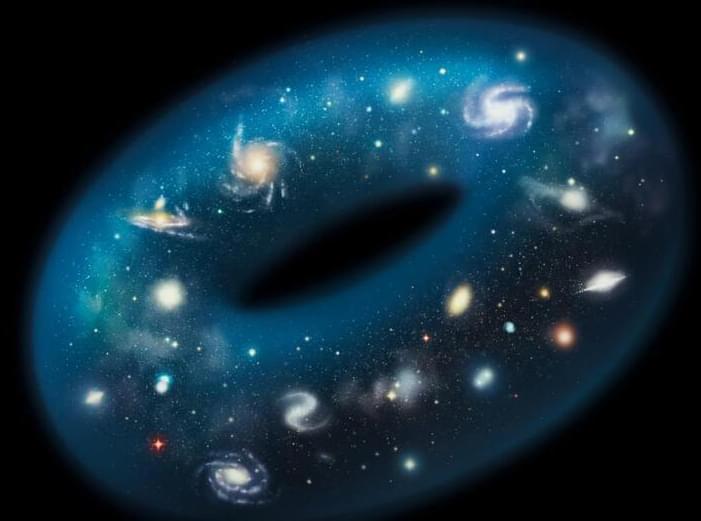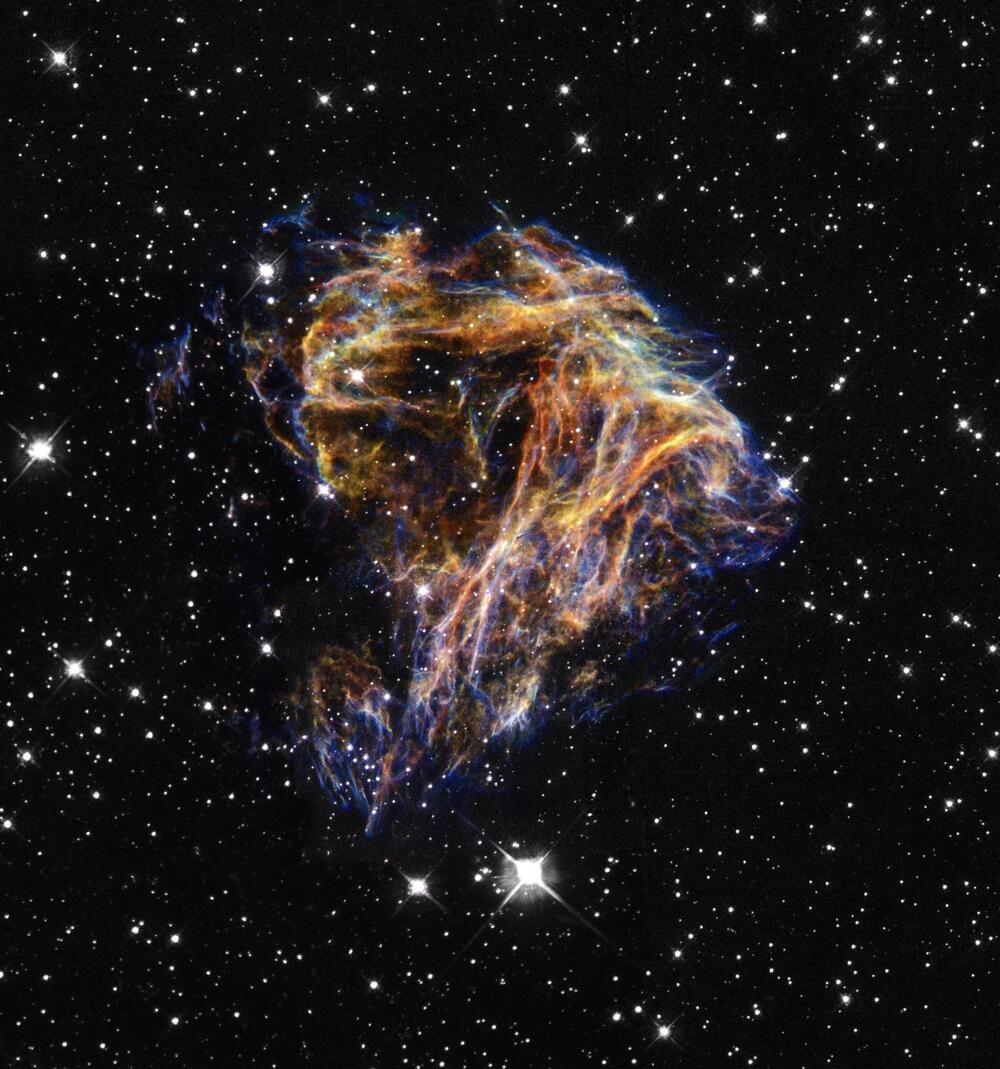May 15, 2024
Newfound ‘glitch’ in Einstein’s relativity could rewrite the rules of the universe, study suggests
Posted by Dan Breeden in category: space
In response to these problems, the authors of the new paper came up with a simple suggestion: a tweak to Einstein’s theory at different distance scales.
“The modification is very simple: We assume the universal constant of gravitation is different on cosmological scales, compared to smaller (like solar system or galactic) scales,” Afshordi said. “We call this a cosmic glitch.”
